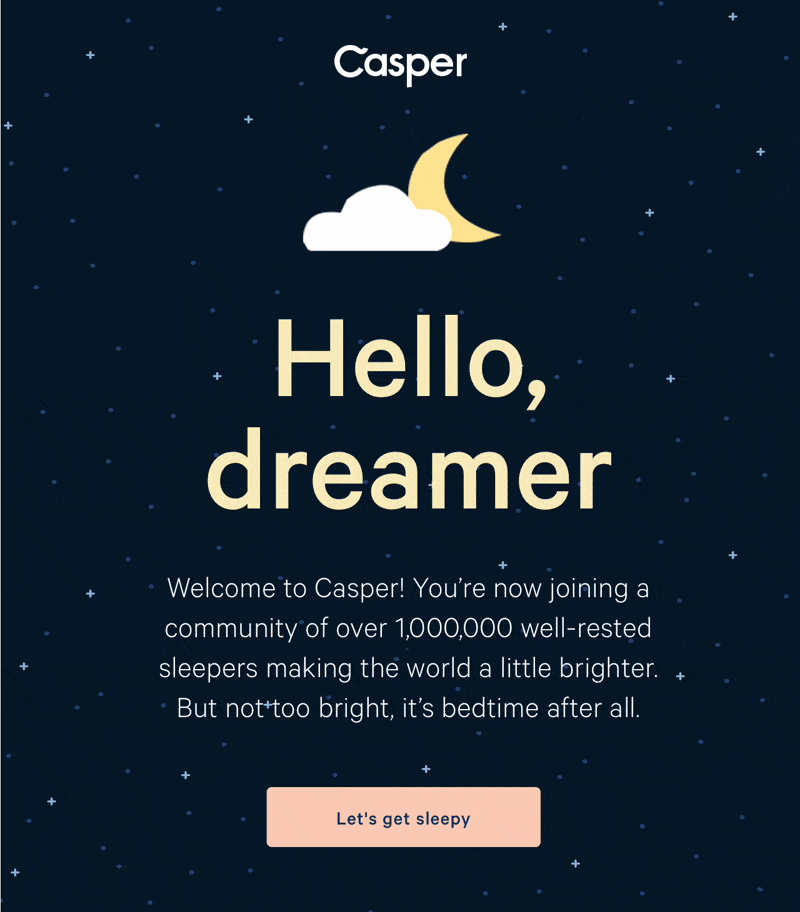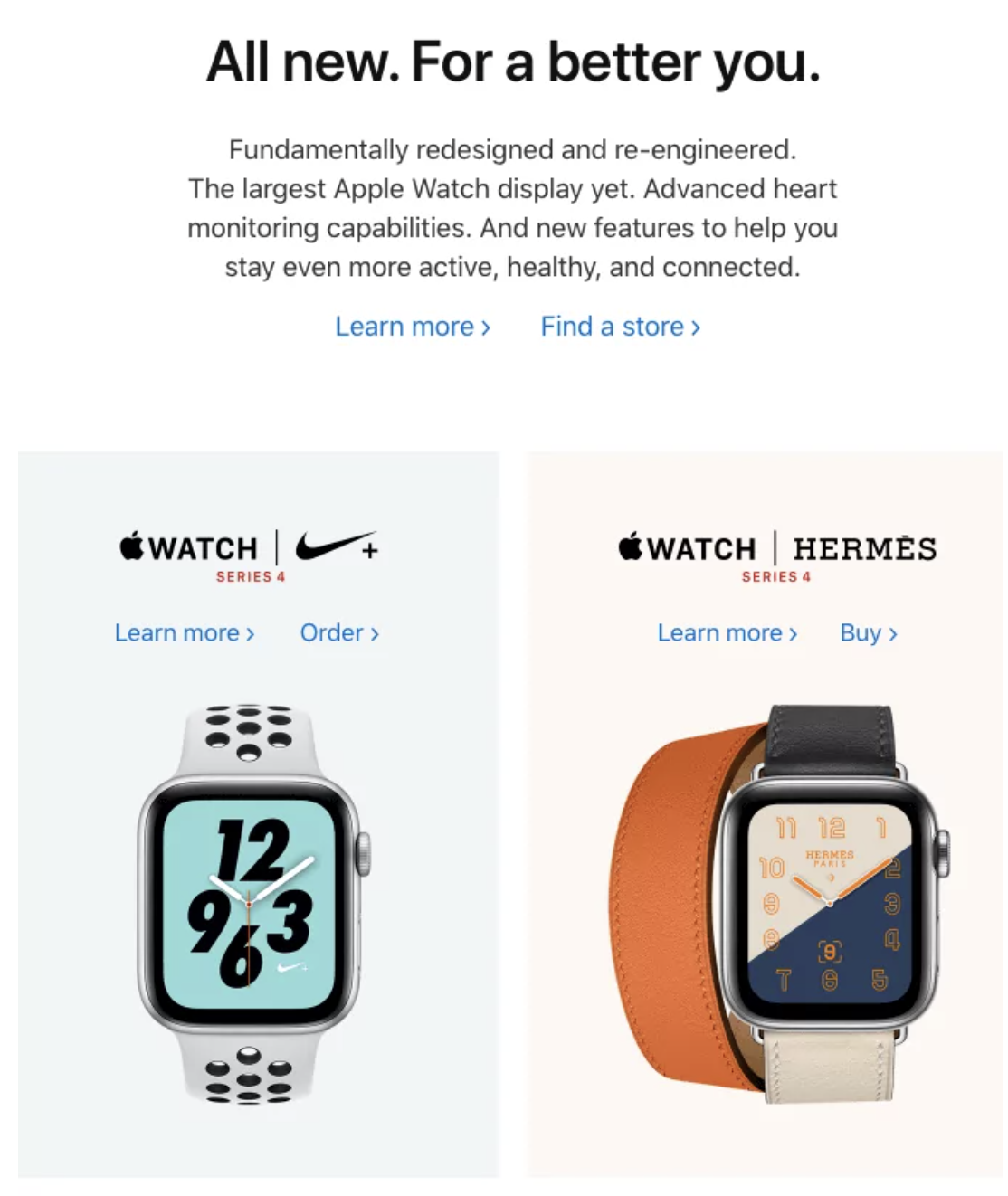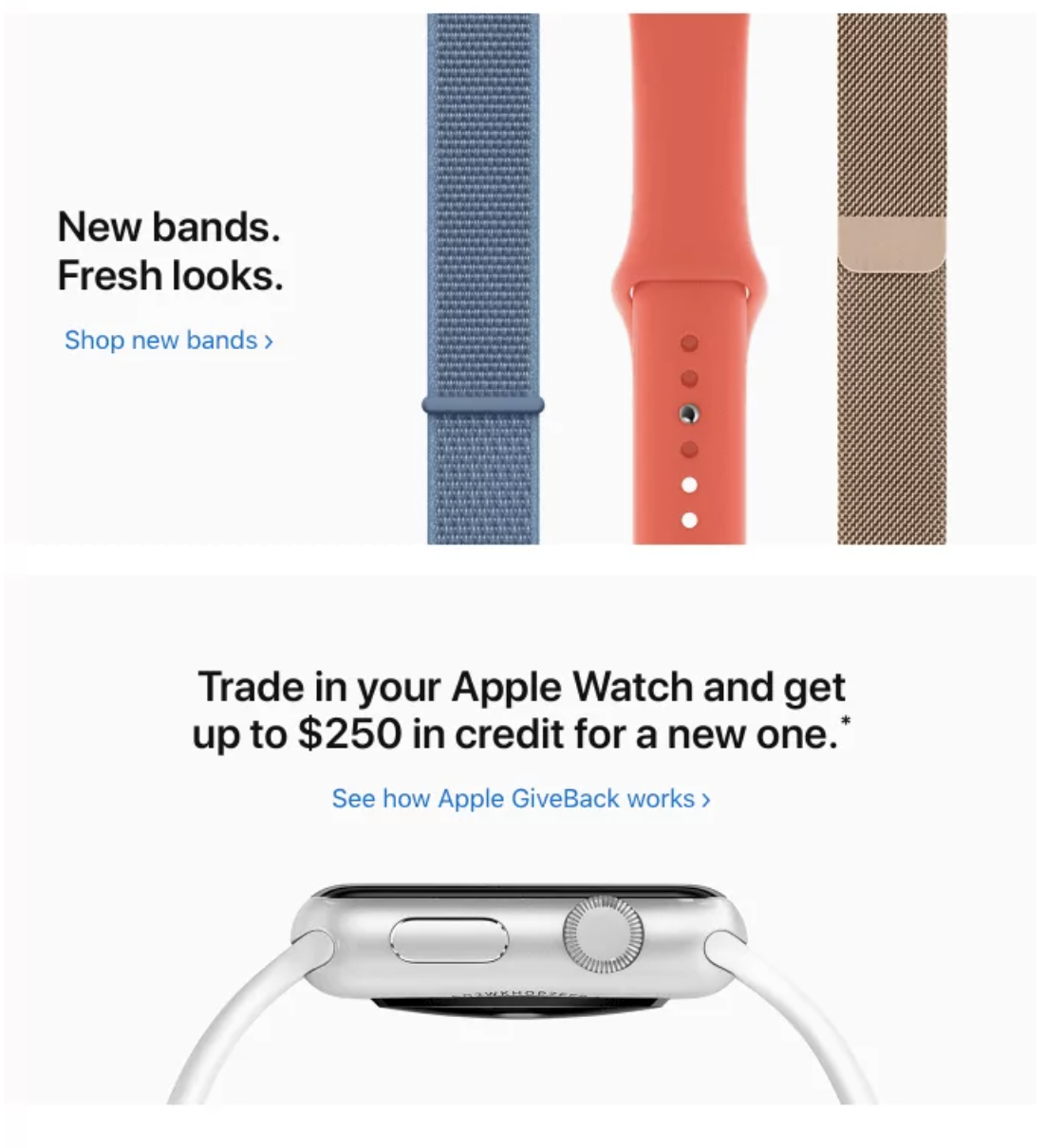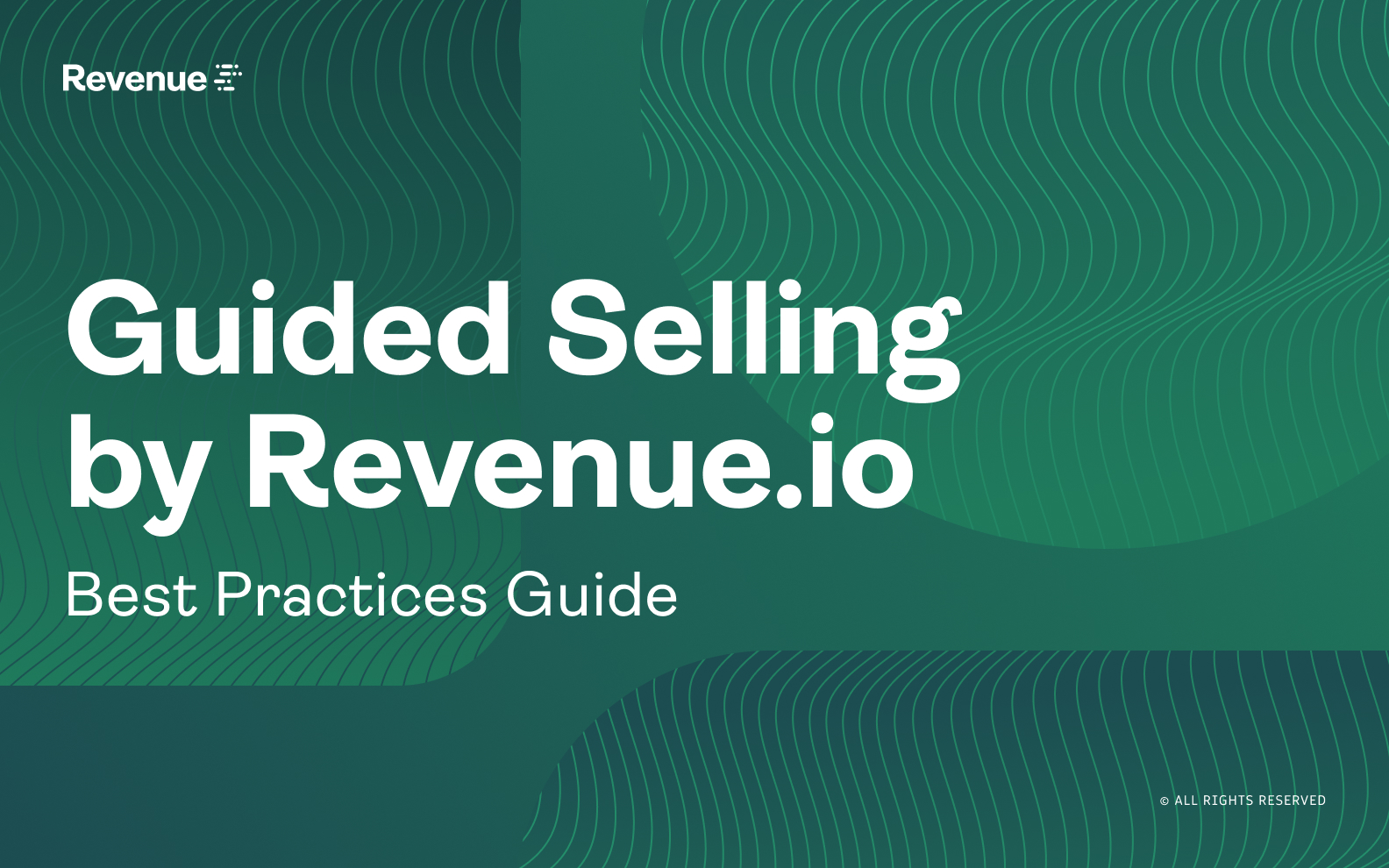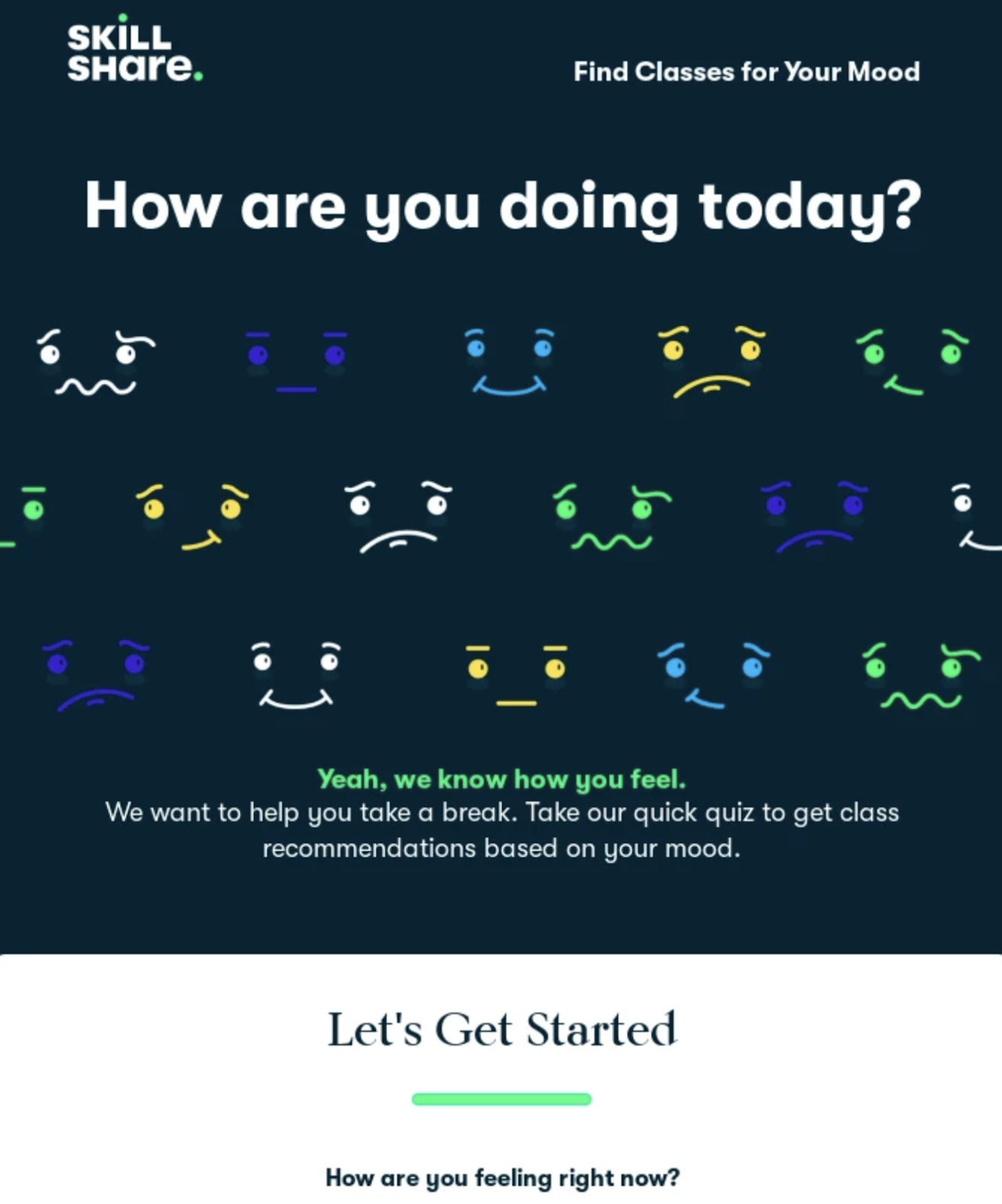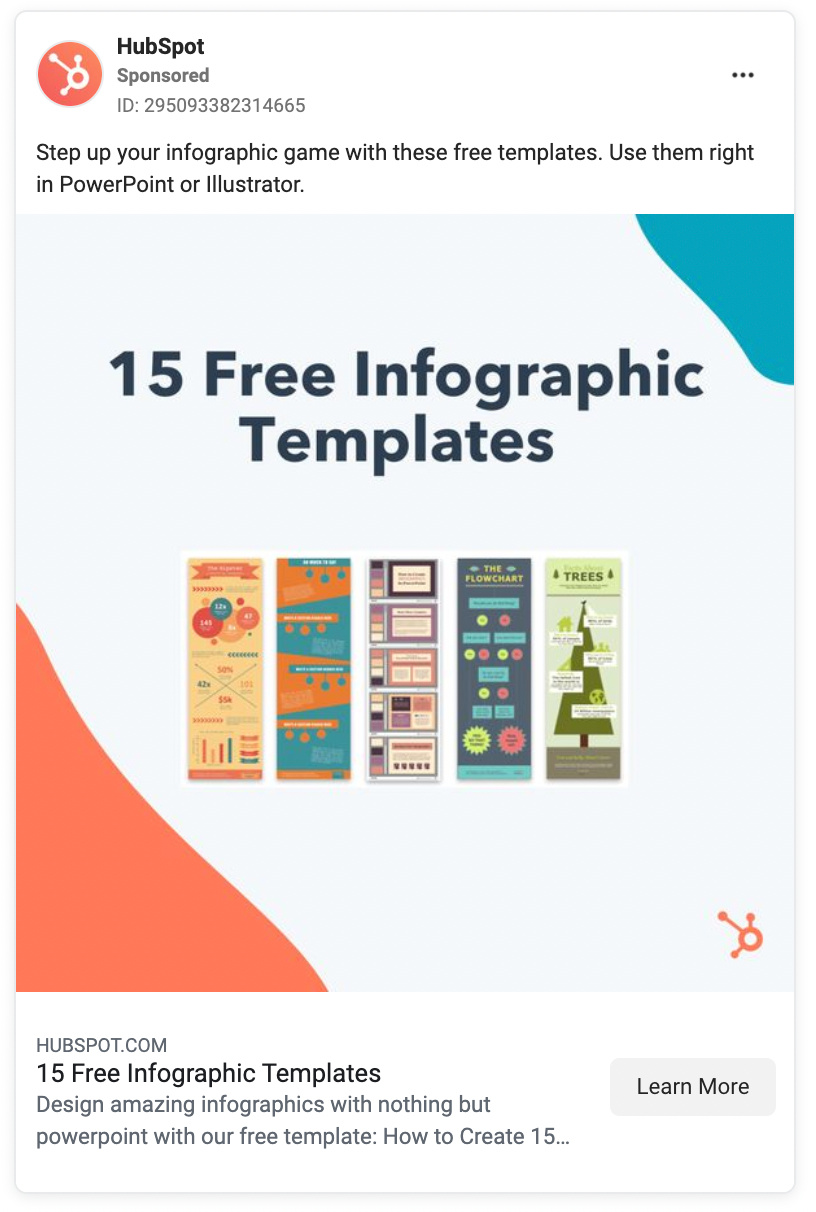Table of Contents
Generating leads is tricky business, but it’ll all be for nothing if you stop there. Lead nurturing is what can help you get from interested to invested.
Global information technology company Oracle defines lead nurturing as the process of cultivating leads that aren’t ready to buy. According to a Demand Gen Report whitepaper,
Companies that successfully deployed lead nurturing programs saw a 20% upswing in sales opportunities from nurtured leads (on average).
In other words, think of lead nurturing like dating. No one likes to be led on, and it’s all about the follow-through.
Why ‘Timing is Everything’ in Lead Nurturing
When someone first becomes a lead, your brand is top of mind, making it vital to nurture their curiosity upfront to build trust and rapport. As time goes on, the image of your brand fades and the urgency prospects once felt dwindles. Brian Cristiano, the creator of BOLD CEO, stands by the statement that “time kills the most sales deals”.
The more time the prospect spends reconsidering your solution, the more likely they are to walk away … The lead might start to wonder if they really need you, if their pain point is that important to solve or if your competition could solve their pain point better than you.
Being mindful about when and how often you contact leads heightens your chances of conversion. It can also keep leads interested (even if it’s an arm’s length) until they’re ready for more serious consideration.
How to Optimize Your Lead Nurture Campaign
Let’s discuss a few optimizations behind the scenes to ensure your campaigns get seen.
-
Assign your contacts a lead score. Lead scoring assigns a value to leads based on their behavior, helping teams focus on the most promising leads to increase conversions.
-
Personalize your content. Nine in ten marketers believe personalization is imperative to overall business strategy, and eight in ten customers are more likely to buy from a company that provides a personalized experience. Need we say more?
-
Enable marketing automation. Marketing automation tools can streamline lead nurturing by automating repetitive tasks (like lead score adjustments, email sequencing, form responses, and social posting) and making it easier to deliver consistent messaging at scale.
-
Follow the data. Generate automated reports on lead engagement, conversion rates, and other metrics to track the effectiveness of your lead nurture campaigns. But here’s the kicker: don’t just put that data into a deck; follow the data and adjust based on what it shows.
🖱️ Related Reading: Misleading Metrics: What Your CTR Isn’t Telling You
So, what are some sticky lead nurturing tactics to scale your sales? Let’s dive in.
Welcome New Leads
Welcome emails have an average open rate of 63.91% — almost doubling industry benchmarks (34%). Make the most of your welcome email by automating it so it’s sent promptly after sign-up (remember timing is everything). Ensure that the email communicates your value proposition alongside engaging content or relevant resources to help capture your lead’s interest. And don’t forget to include a compelling call to action.
In Practice
Imagine you see an ad for an app whose subscription promises a reprieve from your recurring insomnia. You sign up to learn more through a landing page and are eager to get information on how this new app could help you sleep better.
Imagine getting an email two days later inviting you to “sign up now” with a list of features. The impersonal content feels like a letdown.
📧 Related Reading: 2024 Best Practices for Email Marketing Campaigns: A Guide for Demand Generation Marketers
Now, imagine getting an email like this instead. This example comes from sleep company, Casper, and it does so many things well, including presenting the community of “1,000,000 well-rested sleepers” you could join, showing you they understand your pain points with “but not too bright, it’s bedtime after all,” and promising you a solution with “let’s get sleepy.”
Segment Your Audience
Let’s go back to thinking about lead nurturing like dating. You want to get to know your leads — what they like and dislike — so you know how to approach them.
Not all leads are the same (and we don’t just mean their lead score). Divide your leads into distinct groups based on attributes like behavior, demographics, or stage in the buying journey. Then, you can customize nurture efforts to each segment’s needs and interests.
If a lead reads an informative blog post on what to pack for a beach vacation, it doesn’t make sense to serve them content on the best ski getaway destinations. You’re wasting their time and yours. Depending on their behavior, segment leads so they are served with relevant content, from email nurture streams to social ads.
In Practice
This email example from Apple does an excellent job conveying a new product, while directly addressing the recipient. The readers of this email have likely purchased an Apple watch before, expressed interest in an Apple watch, or proved themselves to be interested in wellness-oriented content. The email even offers a trade-in credit so current watch owners can upgrade seamlessly to the latest tech. For those who fit into this segment, this message is perfectly designed to resonate.
Slide Into Their Texts
A 63.91% open rate is great, but could you imagine if it was nearly 100%? It is with SMS marketing, with an open rate of up to 98%. While some brands worry about badgering leads, data shows that 75% of consumers are okay with receiving SMS messages from brands (after they’ve opted in).
Text has a 209% higher response rate than phone, email, or Facebook.
In Practice
We love all the examples Heymarket, a business texting platform, identifies, but these three make you feel like someone at the brand knows just what you need when you need it, makes you feel more prepared, or makes you feel special.
To provide timely support: Hi there, {{first name}}, Happy Halloween from Corner Grocery! We’ve still got candy and are open until 9pm if you need a refill. Reply with STOP to unsubscribe.
To offer industry tips: Hey {{first name}}, Dina’s Nursery here. This winter, don’t forget to bring in your cold-sensitive plants! Text us back if you want help deciding whether to bring your favorite plants inside. Reply with STOP to unsubscribe.
To introduce a new product: Hello {{first name}}, People Stream here. We’ve just introduced a new interface, and subscribers can check it out before everyone else. Here’s the link >> {{link}}. Let us know what you think! Reply with STOP to unsubscribe.
Reward Leads
Pay it forward with an exclusive discount or offer as a thank you for interacting with your content. Even better, customize the offer based on their lead score. (The higher the score, the better the offer.) Then, knock it out of the park by sending it via email.
According to a 2024 report, 77% of adults in the U.S. prefer receiving e-commerce coupons through email vs. those who prefer coupons over text (31%), through the store’s mobile app (30%), and through direct mail (19%).
In Practice
In this McDonald’s example, interactivity and intrigue tempt engagement. It’s short, simple, and sweet, taking no time for the lead to feel rewarded.
People spent just nine seconds, on average, checking out an email.
Given this stat, make your offer clear and make it quick.
Align Sales and Marketing Messaging
Lead gen marketing is a team sport and you want sales on your team. You each have a role to play, and winning means working together vs. in silos. When these two teams work in harmony, it creates a seamless experience for potential customers.
Imagine the confusion a lead might feel if they receive conflicting information from sales and marketing efforts on the same day. One way to avoid this is establishing regular communication between sales and marketing departments — particularly around large projects — whether that be a playbook, new product drop, or upcoming brand event.
This could be in the form of a sales playbook that includes FAQs, sample email copy, elevator pitches, and more. These resources are valuable tools for sales representatives, equipping them with the information and assets they need to effectively engage with leads.
In Practice
Revenue, a sales representative platform, knows how important sales and marketing alignment is better than anyone. Their “Best Practice Guide” shows reps how to use their content to open and close deals. The guide leaves no room for confusion about the types of messaging to share with leads, aligning the sales team with the rest of the marketing team.
Get Creative to Gather First-Party Data
Like dating, lead nurturing isn’t a one-way street. You’ll want to get to know your lead. Plus, doing so allows you to gather first-party data, which is becoming increasingly important in modern marketing. You can do this via surveys, sales calls, quizzes, and Q&As in webinars.
📊 Related Reading: A Cookieless World: 7 Ways to Get First-Party Data for Targeting & Personalization
In Practice
This is a stellar example from Skillshare, a learning community for creators, that uses a quiz to gather more information about their leads so they can provide them with more customized content. Knowing the power of personalization, this is an intelligent strategy.
Re-engage with Leads
Do you want the good news or the bad news first? We’ll go with the bad news. Almost everyone, nearly 97%, who visits your webpage will not make a purchase on their first visit. Sigh. The good news? There are so many ways to re-engage them!
Before we show that, let’s note the distinction between retargeting and remarketing:
-
Remarketing is about reconnecting with users who’ve previously interacted with your website or brand in some way, regardless of where.
-
Retargeting is re-engaging users through online ads after they have visited your website (but left without making a purchase or completing a desired action)
In Practice
This is an awesome example of a retargeted social ad from HubSpot, a CRM, marketing, sales, and customer service software company. Why is it awesome? It offers leads something productive that, while it doesn’t require a purchase, will give them a preview of what they can gain from using Hubspot, building trust.
👍 Related Reading: Advertise On LinkedIn Like A Pro: Strategies + Tactics From a LinkedIn Expert
All of the Above
A multi-channel approach means trying a bit of everything to see what connects with your leads. By engaging with leads through various communication channels you increase the chances of reaching them and reinforcing your message.
Given that everyone has different preferences (yes, another dating reference), utilizing multiple channels ensures that you meet leads where they are most active and receptive. A multi-channel approach also creates a cohesive and consistent brand experience across various touchpoints, further enhancing your brand’s trust and credibility.
And if you want to talk more about marketing and demand generation strategy with us, let’s talk.
![]()



